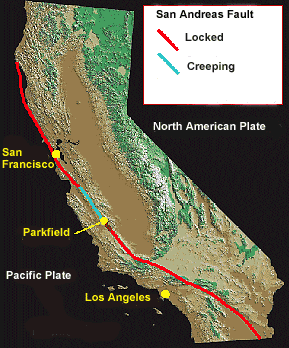
From Wired Science:
The magnitude 8.8 quake that struck near Maule, Chile, Feb. 27 moved the entire city of Concepcion 10 feet to the west.
Precise GPS measurements from before and after the earthquake, the fifth largest ever recorded by seismographs, show that the country’s capital, Santiago, moved 11 inches west. Even Buenos Aires, nearly 800 miles from the epicenter, shifted an inch. The image above uses red arrows to represent the relative direction and magnitude of the ground movement in the vicinity of the quake.
Read more ....

















